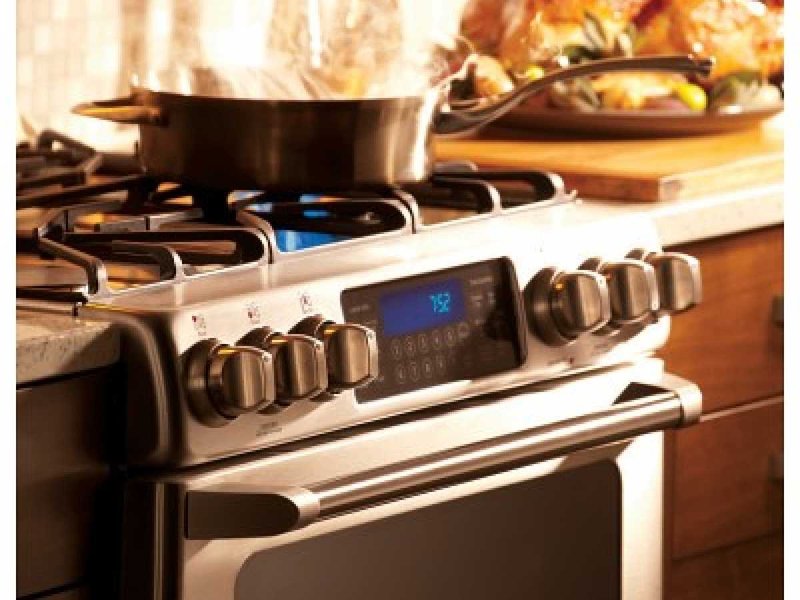
The “LE” error code generally means there’s an issue with the oven’s lock mechanism. Think of it as that annoying situation when you misplace your car keys and can’t start your vehicle without them. Similarly, when your oven displays “LE,” it’s telling you there’s a snag with its locking feature. While the oven isn’t going to explode or cause immediate harm, it’s important to understand what’s going on behind the scenes and how this might affect your cooking plans. Let’s delve further into what this error code means and what steps you can take to address it.
Understanding the “LE” Error Code
The “LE” error code can seem like a cryptic message at first, but it’s really just your oven’s way of saying, “Hey, there’s something up with my lock!” Most commonly, this code points to an issue with the lock mechanism that’s supposed to secure the oven door during the self-cleaning cycle. Think of it as having a door with a faulty lock; it just doesn’t feel secure anymore.
This code often appears when the lock motor or switch isn’t functioning properly. Imagine trying to close a door, but the latch just won’t catch. It’s similar with your oven: the lock motor might not be engaging as it should. Sometimes, it could even be as simple as a power glitch, like when your TV suddenly turns off because someone hit the wrong button on the remote.
While this error doesn’t usually mean your oven will cause a safety hazard, it does mean that certain features—like the self-cleaning function—might not operate correctly. If you’re not planning on using these features right away, you might not notice an immediate disruption in your regular cooking routine.
Should You Keep Using Your Oven?
Here’s the deal: although the oven might still function for regular cooking, using it with a persistent “LE” error isn’t ideal. You might get through a few cooking sessions without any real trouble. However, ignoring this code is a bit like driving your car with the check engine light on. It’s workable for a time, but there’s always a risk that things could escalate.
Potential problems could include the door not locking properly during a self-cleaning cycle, which can prevent the cycle from completing. More than anything, it’s about peace of mind. Knowing your oven is in good working order helps keep your household running smoothly. If the “LE” error keeps appearing, it might be time to consider scheduling a repair service.
If you’re the kind of person who loves tackling DIY projects, you might be tempted to fix it yourself. Just remember, dealing with electrical components can be tricky, like trying to unravel a tangled set of Christmas lights. Unless you’re confident in your repair skills, calling in a professional might be the safer option.
Next Steps and What You Can Do
So, what can you do about that pesky “LE” code? First, make sure to turn the oven off and back on again. This might sound simple, but it’s often a quick fix for many electronic hiccups—sort of like rebooting your computer when it’s acting up. If the code disappears, you might be in the clear for now. However, if it reoccurs, it’s time to dig deeper.
Check the door latch to see if there’s anything visibly wrong, like debris or something obstructing the latch mechanism. Cleaning around the latch area can sometimes do the trick. If the issue isn’t resolved, consulting the user manual for troubleshooting tips is a good step. The manual might have specific instructions based on your oven’s model.
If all else fails, contacting GE customer support or a certified technician is your best bet. They can offer guidance or schedule a visit to diagnose and fix the problem. Having a professional take a look ensures that your oven is operating safely and efficiently. Plus, it saves you from any potential frustration or mishaps.
In conclusion, while the “LE” error code isn’t something that will immediately endanger you or your kitchen, it’s a signal that your oven needs some attention. Addressing it promptly ensures that your cooking adventures can continue without unexpected interruptions. So, take a deep breath, and with these steps, you’ll be back to baking and roasting in no time.
